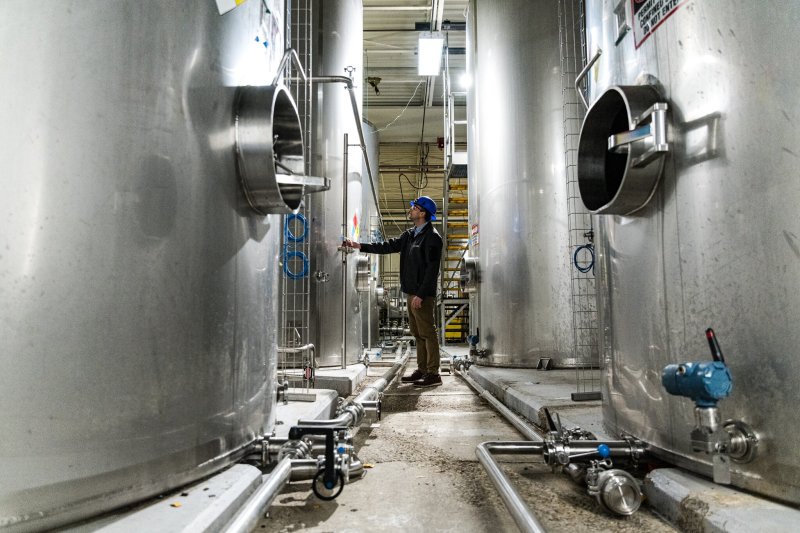Scaling specialty chemical production from lab-scale or pilot-scale to full-scale manufacturing is a high-risk endeavor. A recent incident in Pennsylvania, where a company experienced an explosion after a major scale-up, highlights the critical risks associated with this transition.
Successfully scaling up specialty chemical production requires careful planning, safety-first execution, and expert collaboration. This blog explores the top five challenges companies face when scaling specialty chemical production and provides solutions and a checklist to help manufacturers avoid costly mistakes.
The most common challenges are:

Every scale-up comes with increased operational risk. In larger production environments, process hazards intensify, and failing to mitigate these risks can lead to serious accidents, regulatory violations, and production shutdowns. The sheer complexity of scaling specialty chemical production means that minor miscalculations or overlooked hazards at the small-scale stage can become major safety threats when volumes, pressures, and reaction rates increase.
Key Issues:
Solution Strategies:
Scaling up specialty chemical production introduces a range of quality control challenges. Chemical reactions, mixing dynamics, and heat transfer behave differently at scale than in lab or pilot settings. A formulation that performs flawlessly in a controlled small-scale environment may encounter stability, yield, or purity issues when transitioned to full-scale manufacturing.
Key Issues:
Solution Strategies:
Scaling up is rarely as simple as increasing batch size. The production environment changes dramatically, requiring specialized equipment, new handling systems, and infrastructure upgrades. A failure to select the right equipment can lead to inefficiencies, operational bottlenecks, and unexpected costs.
Key Issues:
Solution Strategies:
A larger production scale introduces challenges in raw material procurement, storage, and inventory management. Without proper planning, supply chain disruptions can cause significant delays, increase costs, and impact product availability.
Key Issues:
Solution Strategies:
As production scales, environmental permitting, emissions control, and hazardous waste management become more complex. Many companies underestimate regulatory hurdles, causing unexpected delays and compliance risks.
Key Issues:
Solution Strategies:
✔ Conduct Pilot Plant Trials to validate scale-up feasibility.
✔ Use Computational Modeling (CFD, DoE) to anticipate process challenges.
✔ Perform Process Hazard Analysis (PHA) before full-scale production.
✔ Engage regulatory experts early to avoid compliance issues.
✔ Select scalable equipment or invest in modular process skids.
✔ Implement inline quality monitoring & automation for consistency.
✔ Secure multiple supplier agreements to ensure raw material availability.
✔ Design waste reduction & emissions control strategies upfront.
Looking to connect with an experienced team?
Look no further than Re:Build Optimation! We are excited to connect with you.